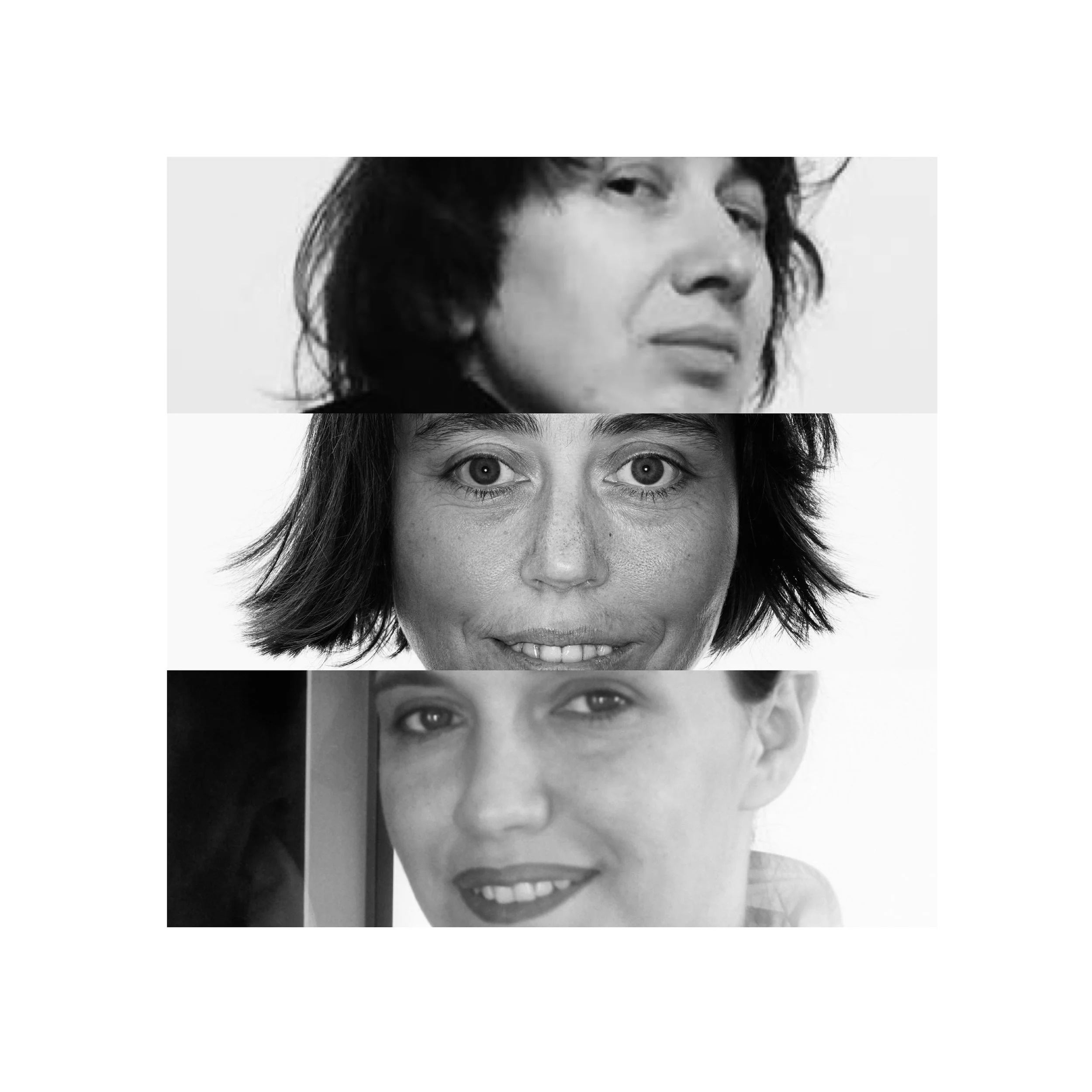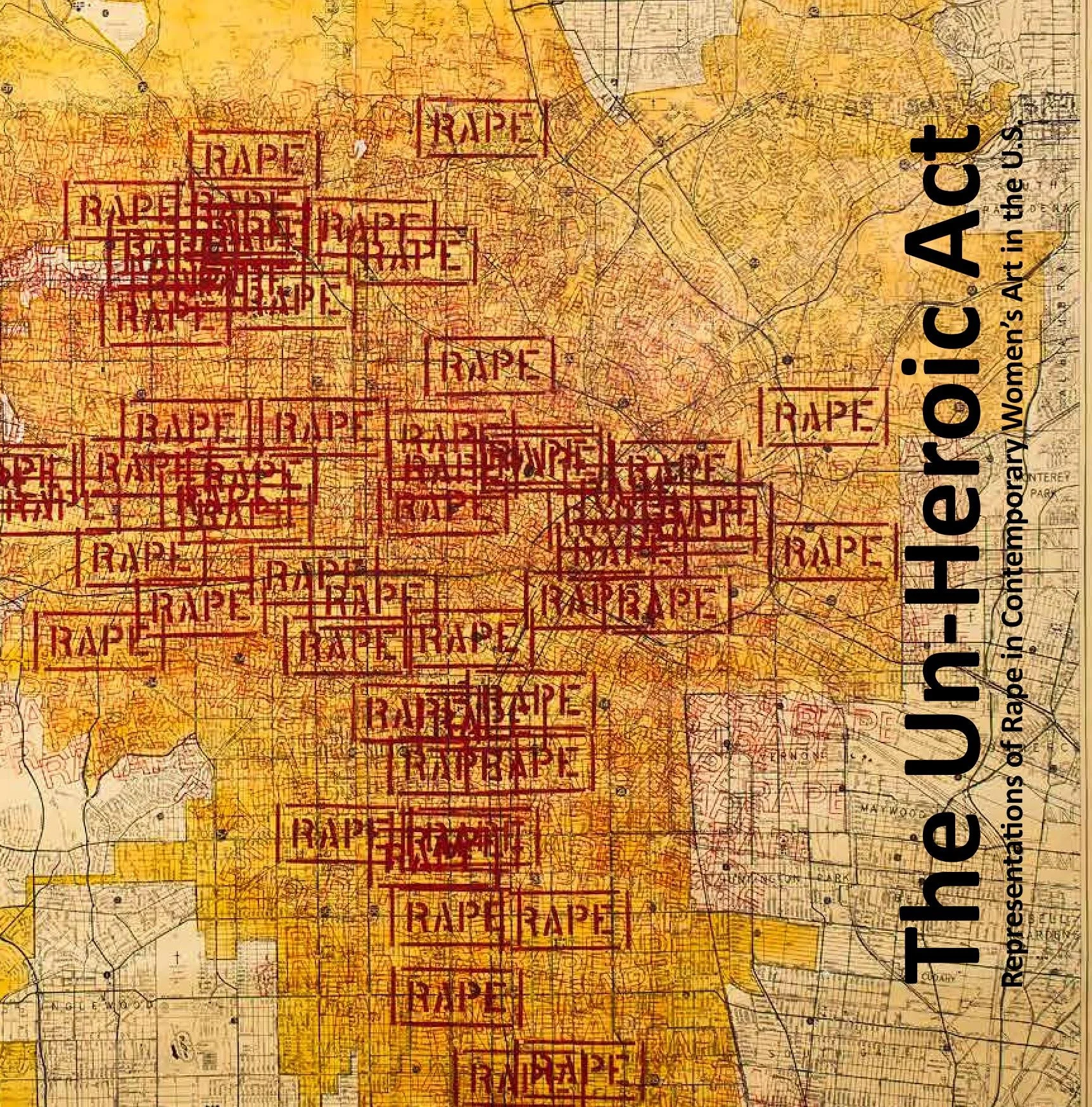Conversation with artists
Zhanna Kadyrova and Alevtina Kakhidze
moderated by curator Monika Fabijanska
accompanying the exhibition
WOMEN AT WAR
at Fridman Gallery
169 Bowery, New York City
Wednesday, August 10, 1 PM WATCH HERE
Zhanna Kadyrova (b. 1981 in Brovary, Kyiv oblast) works in sculpture, installation, and public art, and is a member of R.E.P. collective. Her practice focuses on the context, site and space, and often references Soviet building materials, aesthetics, and symbols that shaped Ukrainian public space. She graduated from the Taras Shevchenko State Art School. She received PinchukArtCentre Main Prize, 2013, and Special Prize, 2011, as well as the Kazimir Malevich Artist Award, the Sergey Kuryokhin Contemporary Art Award for Public Art, and the Grand Prix of the Kyiv Sculpture Project (all 2012). Kadyrova's works were featured in the 58th Venice Biennale International Art Exhibition curated by Ralph Rugoff, 2019, and twice in the Ukrainian Pavilion at the Venice Biennale, in 2015 and 2013. Her works were shown at the M17 Contemporary Art Centre, Kyiv, 2021; the Shanghai International Sculpture Project JISP, 2020; Kunsthalle Mulhouse, France, 2020; the Ludwig Museum, Budapest, 2018; Centre Pompidou, Paris, 2016; Palais de Tokyo, Paris, 2013; Bureau for Cultural Translations, Leipzig, 2016 (solo); the Kunstraum Innsbruck, Austria, 2015 (solo); Museum of Modern Art, Warsaw, 2013; the National Art Museum of Ukraine, 2010, Zacheta National Art Gallery, Warsaw, 2008; De Appel, Amsterdam, 2008; and several times at the PinchukArtCentre in Kyiv, where her first major retrospective will be held in 2023. She lived and worked in Kyiv - since March 2022, she has been displaced to rural Western Ukraine.
| kadyrova.com | instagram.com/jannkad
Alevtina Kakhidze (b. 1973 in Zhdanivka, Donetsk oblast) is an artist, performer, curator, and gardener who focuses on drawing, and social and ecofeminist practice. Since 2018, she has served as the United Nations (UNDP) Tolerance Envoy in Ukraine. Kakhidze graduated from the National Academy of Fine Arts in Kyiv, 2004, and Jan van Eyck Academie in Maastricht, 2006, and was awarded the Kazimir Malevich Artist Award in 2008. She presented her performances and lectures at the UNWomen Conference, 2020; PinchukArtCentre, Kyiv, 2019; Whitechapel Gallery, London, 2016; Manifesta 10, 2014; The State Hermitage Museum, St. Petersburg, 2015; 7th Berlin Biennale: KW Institute for Contemporary Art, 2012; and The New Theatre in the New Great World, Warsaw, 2010. Her solo exhibitions include rum24, Aarhus, Denmark, 2020; Bozar, Brussels, 2017; PinchukArtCentre, Kyiv, 2014; FUTURA Centre for Contemporary Art, Prague, 2013; and Iaspis, Stockholm, 2009. Her works were featured in group shows at the M17 Contemporary Art Center, Kyiv, 2021; Elisabeth Jones Art Center, Portland, OR, 2021; Ludwig Museum, Budapest, 2018; M HKA, Museum of Contemporary Art Antwerp, 2018; Wurttembergischer Kunstverein, Stuttgart, 2017; Kunsthall Trondheim, Norway, 2016; National Museum of Modern Art, Kyiv, 2014; CCA Zamek Ujazdowski, Warsaw, 2013; Moroccan Pavilion project at the 54th Venice Biennial, 2012; MOCAK, Krakow; Galeria Arsenał, Białystok, Poland; and Mystetskyi Arsenal, Kyiv, all 2011. Since 2009, Kakhidze has lived and worked in Muzychi village near Kyiv.
| www.alevtinakakhidze.com | instagram.com/truealevtina


























